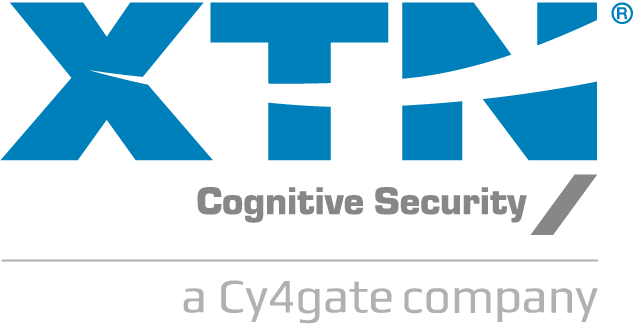Nowadays, there is a lot of talk about Behavioral Biometrics in cybersecurity and, in particular, its utility in fighting fraud. Here are 10 questions you may have to understand better what it is and how it concretely helps fight fraud and cyber threats.
1. What exactly is Behavioral Biometrics?
Behavioral Biometrics is the field of study related to the measure of uniquely identifying and measurable patterns in human activities.
2. Does it have anything to do with Physical Biometrics?
No. When we talk about Behavioral Biometrics, we don’t mean physical Biometrics involving innate human characteristics (fingerprints, face, or iris).
3. Which are these identifying and measurable patterns?
Patterns are activities that could be related to a device and how we interact with it:
- Device-focused behavioral signals: typing, mouse usage, handling, gait, velocity analysis, and device characteristics. These elements focus on how the user physically interacts with a device, the service, and the features that distinguish that specific endpoint.
- Contextual anomaly signals such as geo-location, Bluetooth, or WiFi networks: these elements characterize the environment where the user usually operates.
- Service-related behavioral signals: the way and inhabits the user accesses the application. Some examples could be the usual amount in a payment transaction, the day of the week or hour of the day the user usually operates, the functionality often accessed, etc.
4. What is the difference between Active Biometrics and Passive Biometrics?
Active Biometrics requires the user to present a series of samples of his physical element. For example, if I want to use a fingerprint, I will first register my fingerprints.
Instead, we mean Passive Biometrics when the biometric element sampling occurs while the user uses the service transparently. For example, through the analysis of interaction patterns with mouse and keyboard or through the use of sensors on smartphones.
5. How Behavioral Biometrics matches with cybersecurity?
When it comes to cybersecurity, Behavioral Biometrics identifies users by how they act into an online service. Since user interactions with a device are unique, behavioral Biometrics let recognize between fraudsters and genuine users. Behavioral Biometrics lets knowing if a user is who he claims to be.
6. Why today is it essential for fighting fraud?
Various industries face the same need: strongly identifying users and preventing fraud, affordably and without added complexity. It is beneficial for banks and e-commerce, insurance, and for all services in need to improve authentication and secure identity proofing.
7. What is Behavioral Biometrics’ key benefit in fighting fraud?
Behavioral Biometrics provides a powerful way to prevent identity-related fraud and malware-based or bot attacks and an effective way to improve the security posture without disrupting users’ experience and hardware requirements.
8. Is there a difference between Behavioral Biometrics and Behavioral Analytics?
Yes. Behavioral Biometrics looks at what you are, identifying patterns that users develop through their activities.
Behavioral analytics look at what you do with technology. It collects user activities and data to record their patterns of use with a website or app.
Combining them both provide the most powerful tool for user profiling in risk management.
9. How does XTN Cognitive Security® employ Behavioral Biometrics?
At XTN, we have designed our Cognitive Security Platform® that features Behavioral Biometrics as a central piece for our user-focused analysis. It allows us to continuously evaluate the anomalies in interacting with the service, allowing the required countermeasures to be dynamic, saving the user from unnecessary friction. Behavioral Biometrics features combined with Behavioral Analytics and proprietary AI algorithms let us develop easy-to-use, impactful, and cost-effective solutions.
10. What are some examples of use?
- Detection and protection from Application Fraud
- Protection from Account Takeover attacks
- Detection of Synthetic Identities
- Prevention of Malware-based or Bot attacks
XTN Cognitive Security Platform® lets you secure your high-value online services against threats and fraud. Get started!


